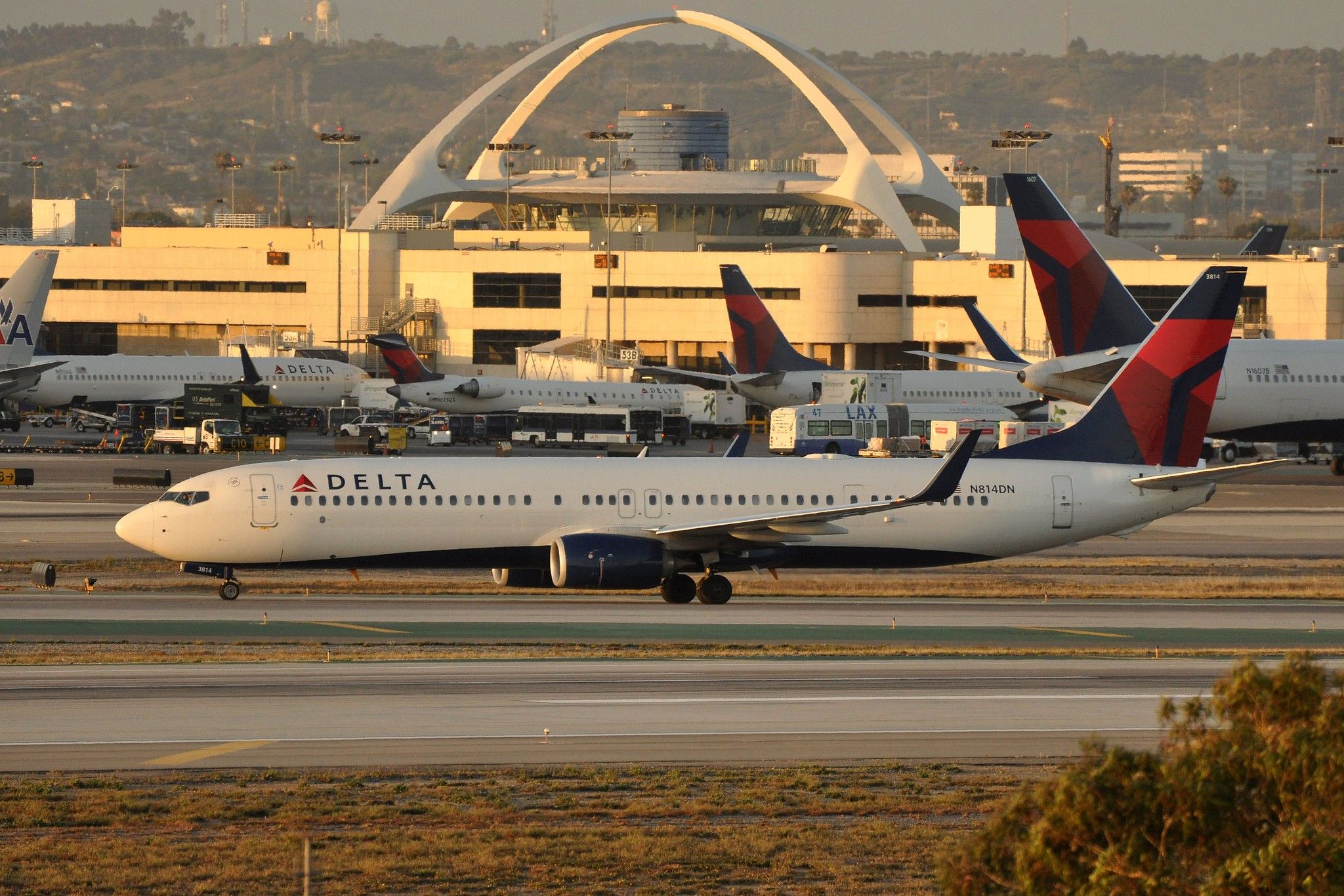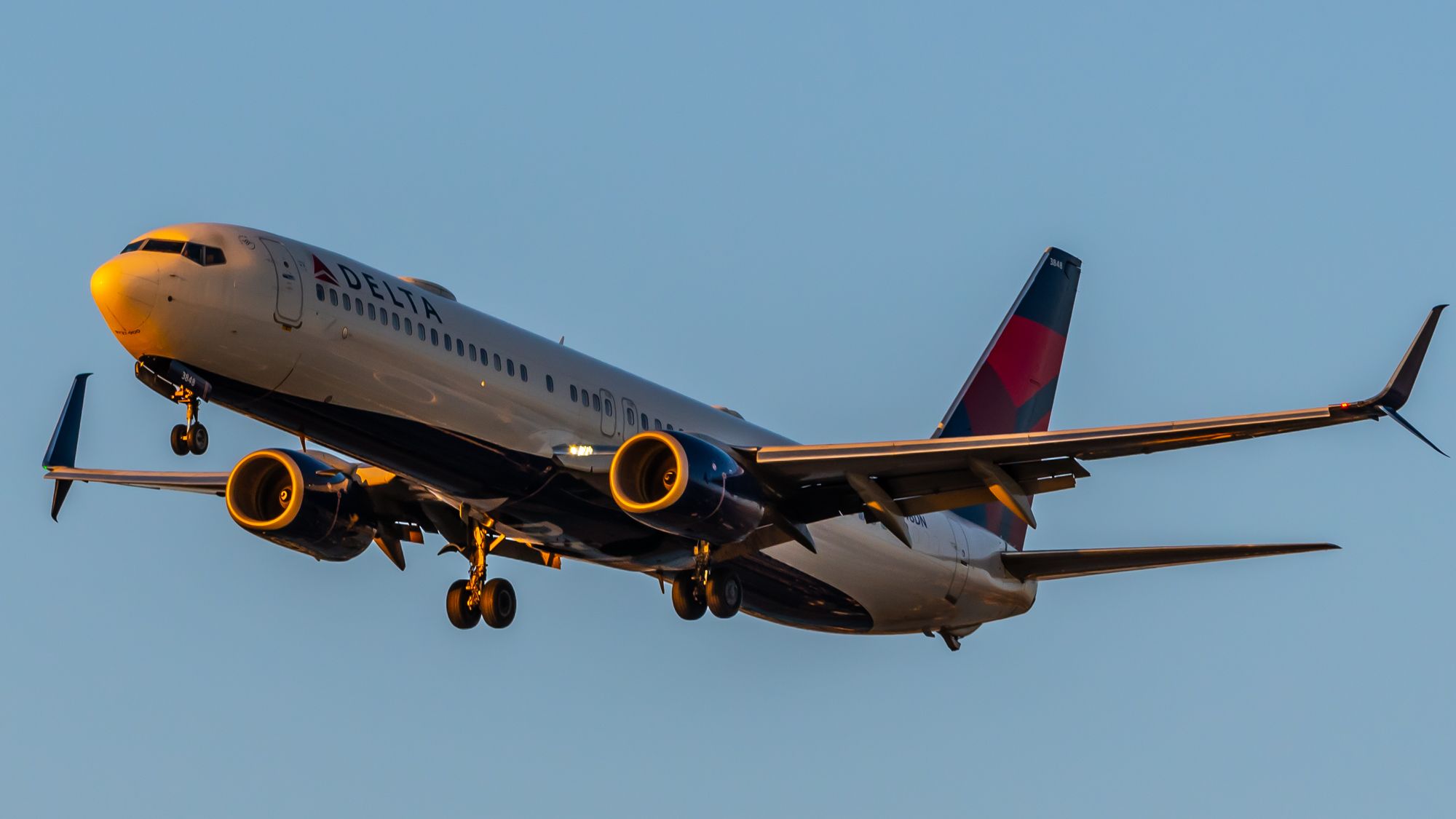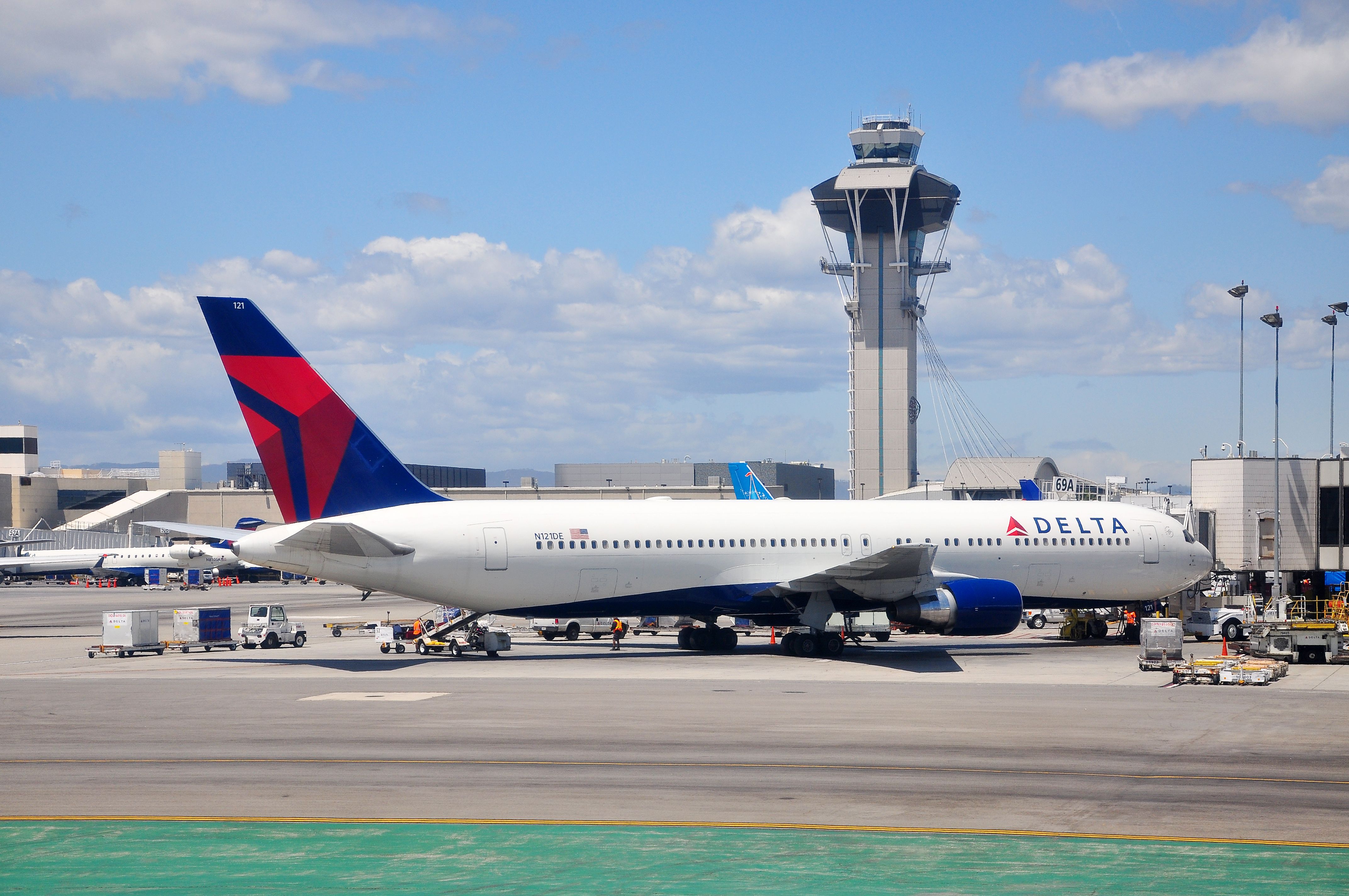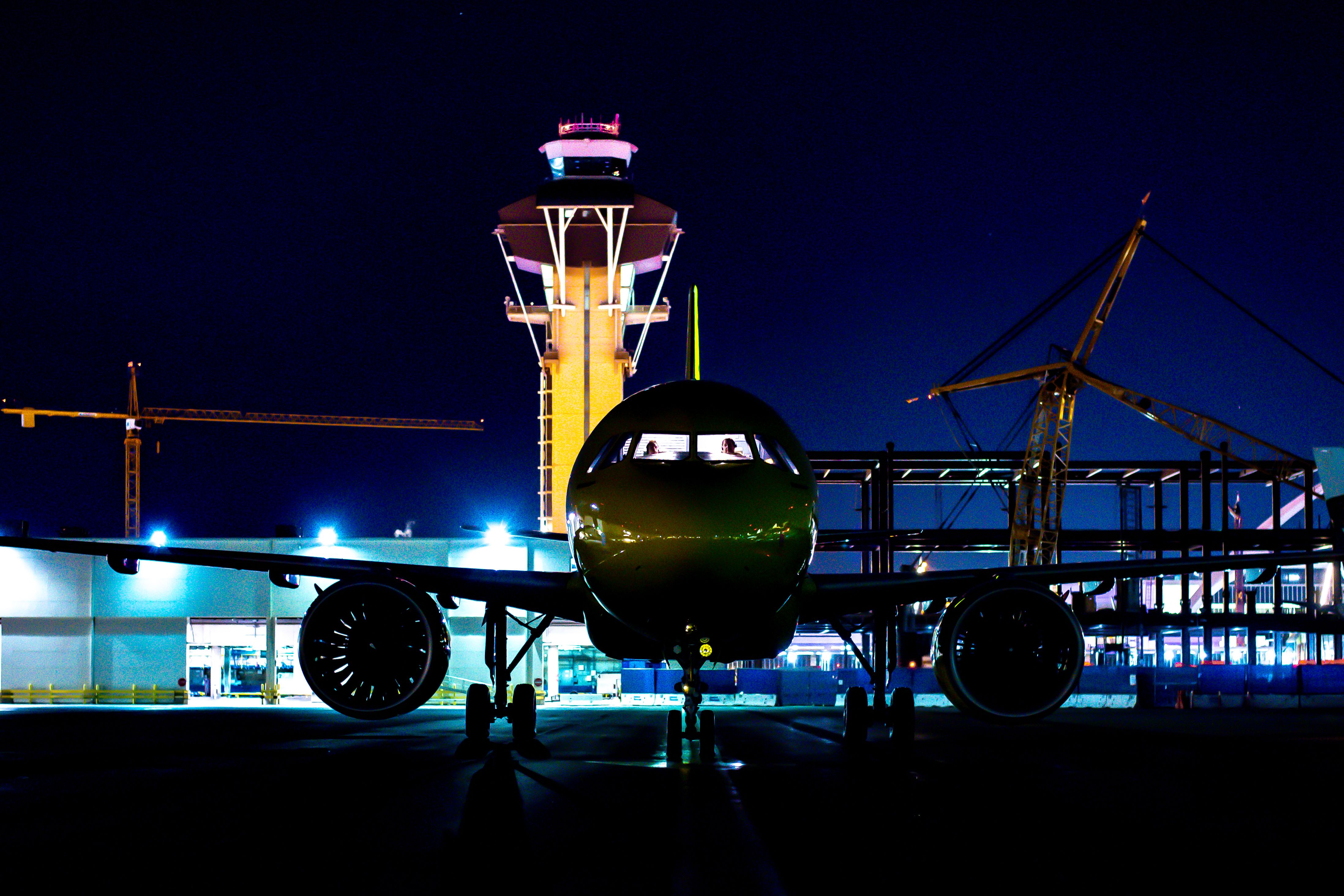Delta Air Lines is growing its sustainable aviation fuel (SAF) supply with a new Los Angeles International Airport (LAX) contract. The contract, with Shell Aviation, is for up to 10 million gallons for two years, as announced this week.
“Demand signal” of Delta Air Lines’ SAF commitment
The 10 million gallons from the LAX contract with Shell Aviation is about 5% of Delta Air Lines’ commitments of over 200,000,000 gallons of SAF. However, 200,000,000 gallons of SAF is only just more than half of Delta's target of 10%.
Get all the latest aviation news for North America here
As Pam Fletcher, Delta’s Chief Sustainability Officer, explains, this contract is another “demand signal” for more SAF.
“There isn’t enough SAF available today to fuel the world’s commercial airlines for a single day. That’s why Delta continues creating demand signals like this arrangement with Shell – to show this major decarbonization lever is worth investing in and growing. We can have a huge impact in just a few years if stakeholders and government work together to provide the same level of investment and incentives currently available for the fuel that runs our cars.”
Per previous coverage, Delta Air Lines is using a sustainability roadmap with a critical component of SAF in that roadmap. For Shell Aviation, according to its President Jan Toschka, the agreement is indeed another demand signal to help unlock SAF production and scale supply:
“It’s brilliant to see Delta prioritize SAF, helping them to reduce lifecycle emissions while providing the demand that will help unlock further SAF production and scale supply. This marks another important development for the future of sustainable aviation, as ambitious offtake agreements like this can hold the key to driving the airline industry’s transition toward a more sustainable future.”
Finally, one should note that Shell Aviation is also partnering with Alaska Airlines to provide SAF – namely 10 million gallons at LAX. It’s no secret that Alaska Airlines is a leader in innovation and sustainable aviation.
How is SAF truly sustainable?
SAF is created from waste-based sustainable feedstocks, including biomass, used fat or oil, municipal waste, and agricultural waste and residue. Basically, SAF is organic stuff that would otherwise be dumped, converted into fuel to burn in a jet engine for thrust. Unlike fossil fuels, SAF is renewable and burns cleaner.
According to the statement and Advanced Clean Tech News, neat SAF is 100% SAF versus a blend with traditional jet fuel. Carbon emissions drop by at least 60% by the use of SAF. Neat SAF is fuel that can be used without modification to either the airframe or the engine of the jetliner, plus blending up to 50% with regular jet fuel is possible at this time.
Want to know more about sustainability in aviation?
Below is an IATA or the International Air Transport Association YouTube about SAF. For reference, 7 billion liters a year is about 1.8 billion gallons annually:
IATA also reported that SAF production went up over 200% in 2022. Thereby showing a strong response to demand signals from airlines and airports for more SAF, and less reliance on limited, toxic fossil fuels.
Bottom line
Ultimately, neat SAF is a means to net-zero aviation. However, neat SAF needs to be coupled with carbon credits and other methods to truly reduce pollution. So Delta Air Lines’ latest demand signal at LAX is an acute step to a sustainable end – with many more steps to go.
Where do you think SAF is going as a fuel? Please share your thoughts in the comments.
Source: Advanced Clean Tech News




